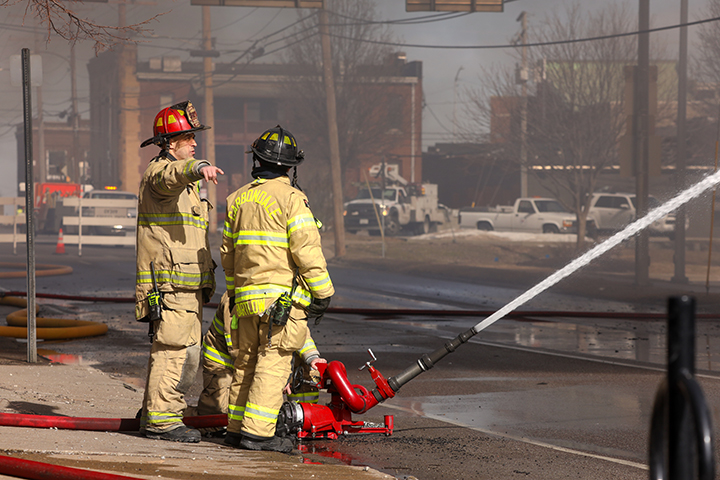Public Safety and Well-Being

- Address speeding and encourage “traffic calming” to promote safety for pedestrians, bicyclists, and the vulnerable.
- Increase investment in mental health resources and crisis intervention programs to support community well-being.
- Implement community initiatives to build stronger relationships between law enforcement and residents
- Enhance public safety by ensuring adequate funding and training for emergency services
Public safety is about more than just policing—it’s about creating an environment where everyone feels secure, supported, and connected. We need a mix of good policing, strong community partnerships, and prevention. That includes addressing root causes, installing better lighting, enforcing of housing codes, creating better access to mental health services, and youth programs. People are safer when they feel connected and heard.
Ensure adequate funding and ongoing training for all emergency services, including fire, EMTs, and police. Training in de-escalation, cultural awareness, and trauma-informed response helps ensure everyone is treated with dignity and respect during a crisis.
Support our police by increasing staffing—especially for patrol— so they can respond quickly and build relationships in the community. Right now, our department is stretched thin, and that affects both public safety and officer well-being. At the same time, we must ensure accountability and transparency. Building trust between law enforcement and the community requires both support and oversight. It’s a balance—and we can do both.
Increase investment in mental health resources and crisis intervention programs. Many calls for service involve mental health or substance use concerns. By expanding partnerships with providers and supporting trained crisis response teams, we can reduce the burden on police and better meet people’s needs.
Implement community initiatives that build stronger relationships between law enforcement and residents, such as neighborhood meet-and-greets, public safety forums, and youth engagement programs. These types of interactions create mutual understanding and trust.
Address speeding and encourage traffic calming through measures like speed bumps, curb extensions, raised crosswalks, and better signage—especially in residential areas and near schools. These small changes in infrastructure can make a big difference in protecting pedestrians, bicyclists, and the most vulnerable members of our community.
Inclusive Safety
Everyone deserves to feel safe in Carbondale—no matter who they are. That includes ensuring LGBTQ+ residents are protected, respected, and welcome in every space. Public safety means all of us.
